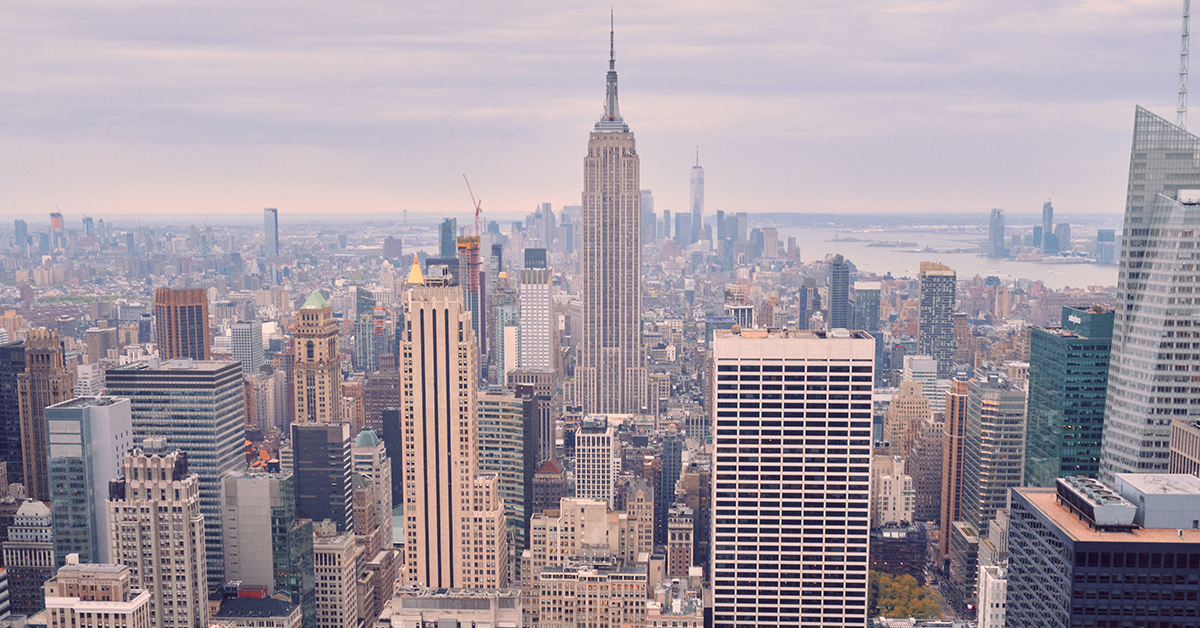Improve Your NY Facility by 2024 or Face Fines: We Can Help
A lot has happened in the two years since Local Law 97 (LL97) was enacted in the city of New York, so it stands to reason that some may have lost sight of the looming law set to take place in 2024 that will limit emissions from the city’s largest buildings in an effort to reach carbon neutrality by 2050. Not to fear. If you’re a building owner that has not yet made facility improvements, you still have time to act—and we can help. In addition to ensuring you gain compliance with LL97, we can also lower your energy costs with our array of on-site energy solutions. Let’s dive into New York City’s Local Law 97 and the ways we can help you go (and save) green.
How LL97 Stands to Affect NYC Housing & Hospitality
Just a few months after the law passed, adjustments were made to New York’s Major Capital Improvements program run through the Division of Housing and Community Renewal. This change allowed landlords to increase rent by 6 percent if they made certain updates to their buildings—but the change was short-lived. In the summer of 2019, an amendment passed allowing landlords a mere 2 percent. Flashforward to today in the aftermath of the pandemic: more than 300,000 people have moved out of the city and landlords’ struggling has been compounded.
While they are finally starting to gain momentum post-lockdown, the COVID-19 pandemic gutted the hospitality and tourism industries. Amid all this doom and gloom is a silver lining: there are funding and energy sources that can help building owners across New York, no matter the industry affiliation.
How Dalkia Aegis Can Help
First, use the NYC LL97 Carbon Emissions Calculator to calculate your current emissions threshold and to project penalties you may incur if steps are not taken before 2024 to reduce carbon emissions. The calculator will also shine a light on penalties for 2030 and 2035, which bring increasingly stricter thresholds to allow owners to plan ahead for the next level of fines. Simply input your building type, its square footage and annual consumption per fuel source (electricity, natural gas, steam, oil) for the entire building.
Then, contact us. We are a recognized combined heat and power (CHP) partner with the United States Environmental Protection Agency and since our founding, we’ve helped building owners fund capital improvement projects not dissimilar to those needed to meet the standards set in LL97. Our team of experts can help you complete applications for available state or federal grants that would help with financing needed changes. In addition to publicly available grants, we offer our own power purchase agreement (PPA) called the Dalkia Aegis Shared Savings Program. Through this program, there are no costs right away for the installation of the CHP system and we own and operate the system. At any time through the life of the system, building owners are able to buy it, reaping more cost saving benefits for themselves.
As we have led the charge for CHP technology, we have also expanded our offerings to other on-site power generation solutions, including microgrids, which combine multiple energy assets to allow facilities to disconnect from the centralized grid and operate independently. We also offer CHP+, a customizable onsite energy solution combining a CHP system with a Futera boiler for one of the most versatile and efficient onsite energy generation solutions on the market today.
Our other energy-saving options include our electric vehicle (EV) charging stations, solar arrays and on-site battery storage systems. Each and every one of these options will help you maintain compliance while improving your energy efficiency and lower your costs.
Contact us for a free energy assessment, which is the first steps to energy savings and compliance with LL97. From there, our experienced staff can help find the best solution for any building.

 Don’t Lose Sight of New York City’s Local Law 97" />
Don’t Lose Sight of New York City’s Local Law 97" /> 